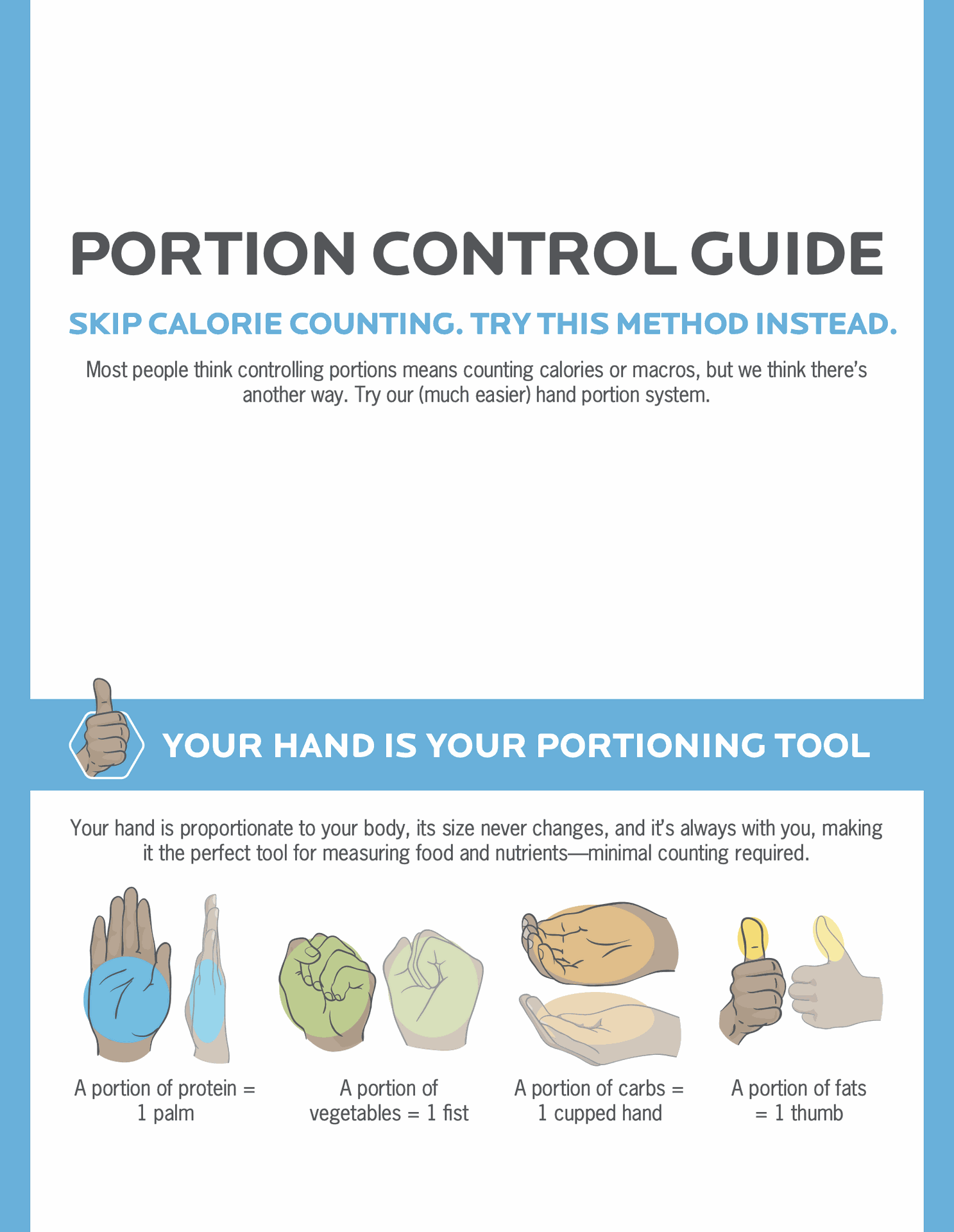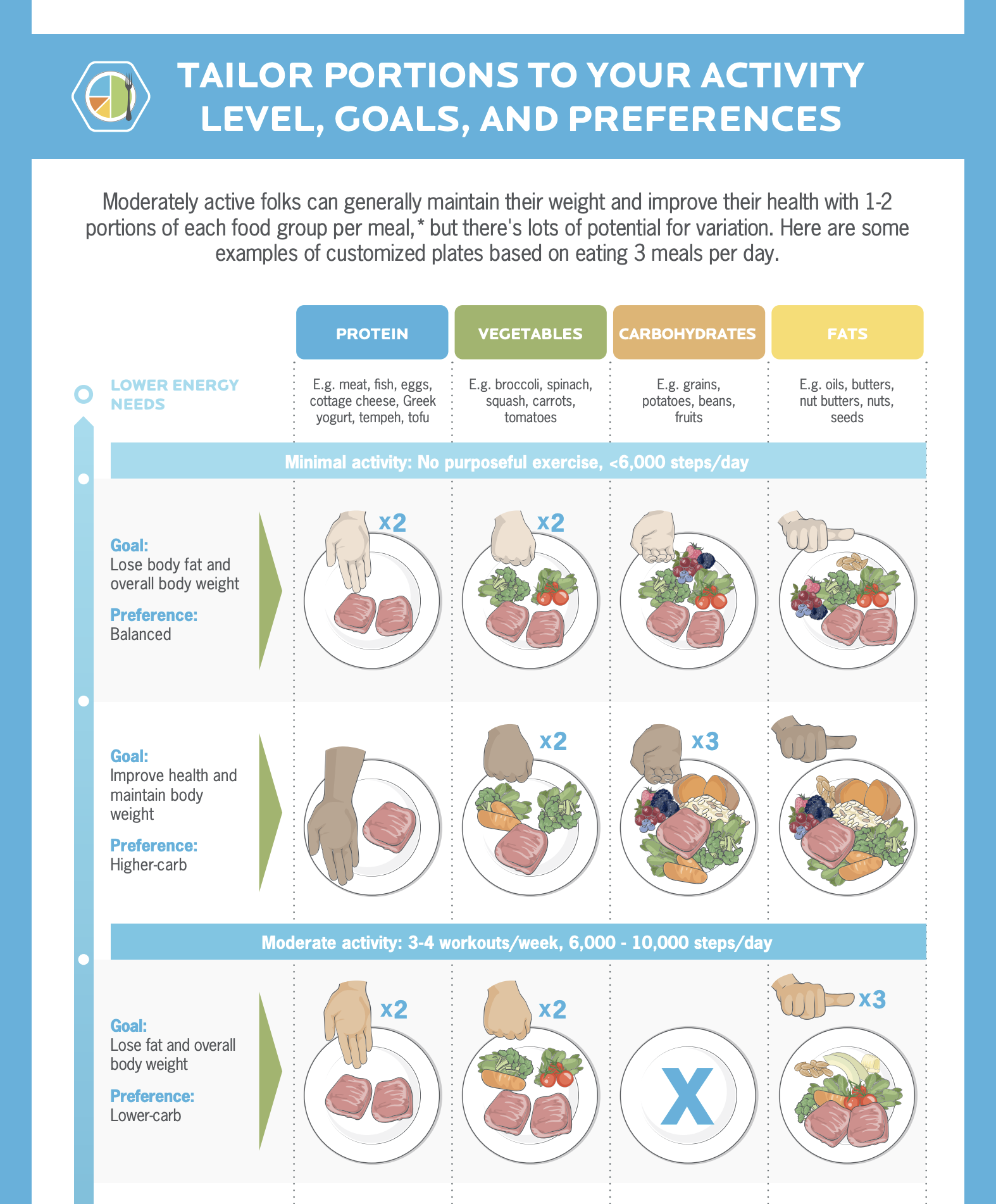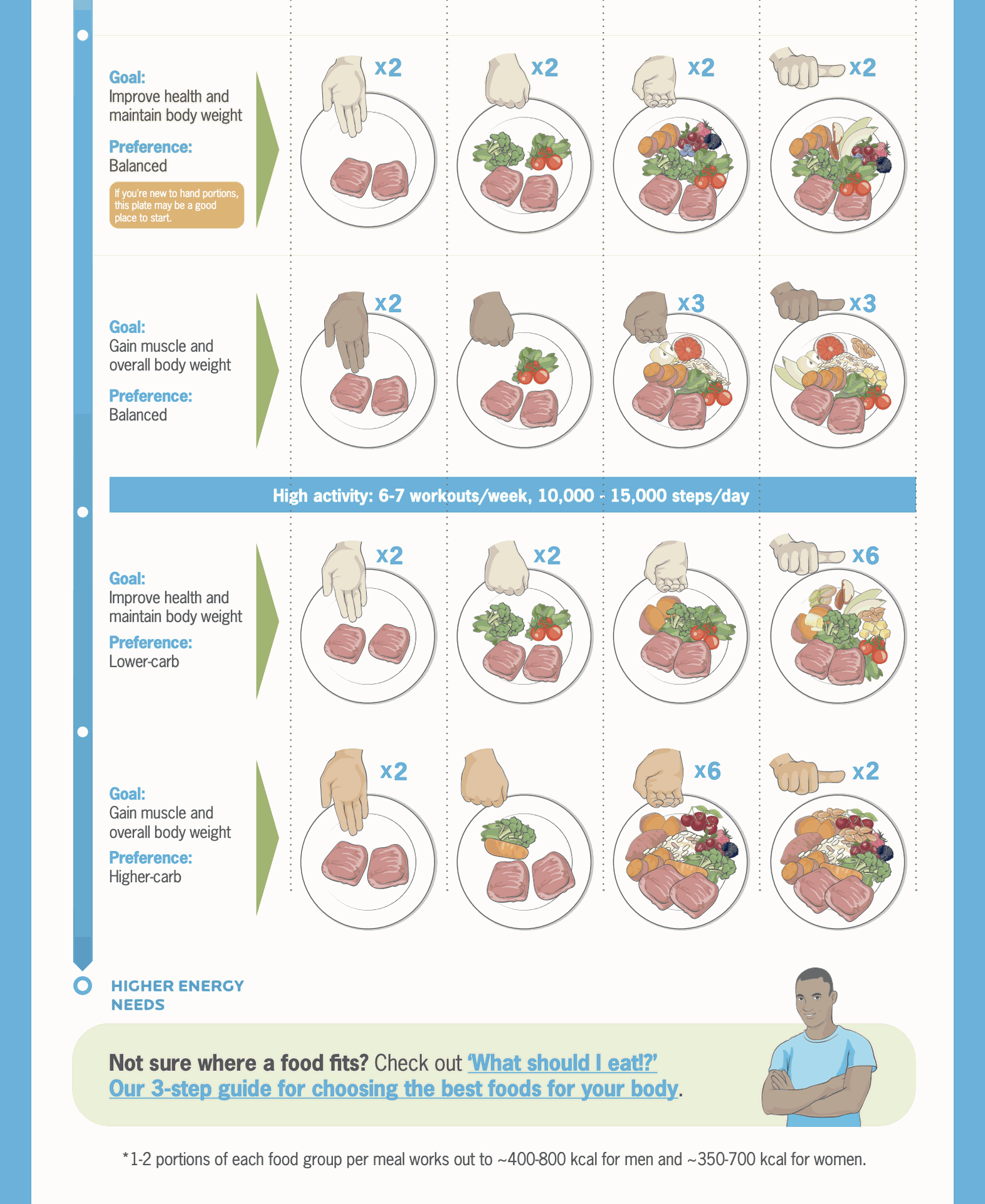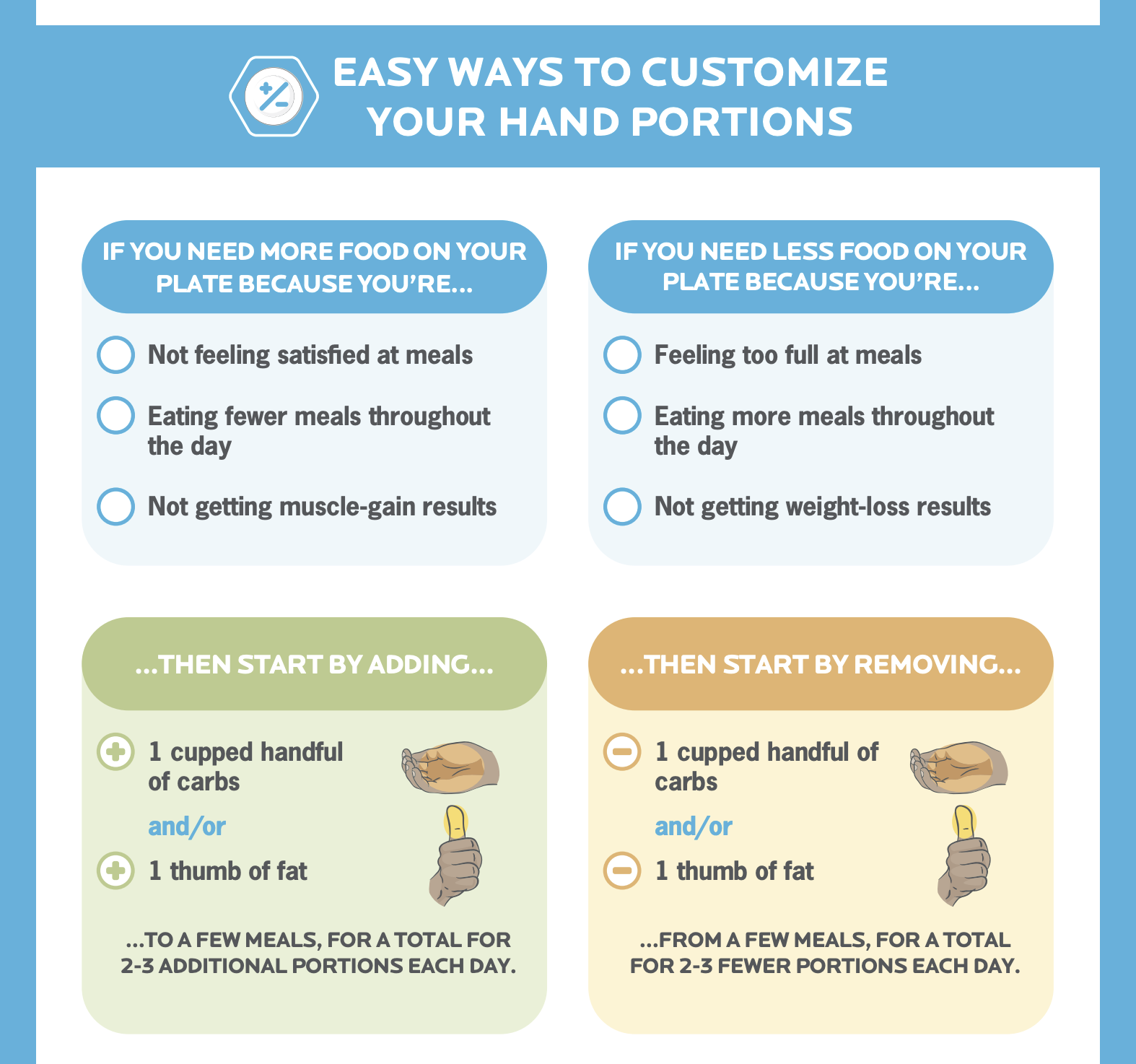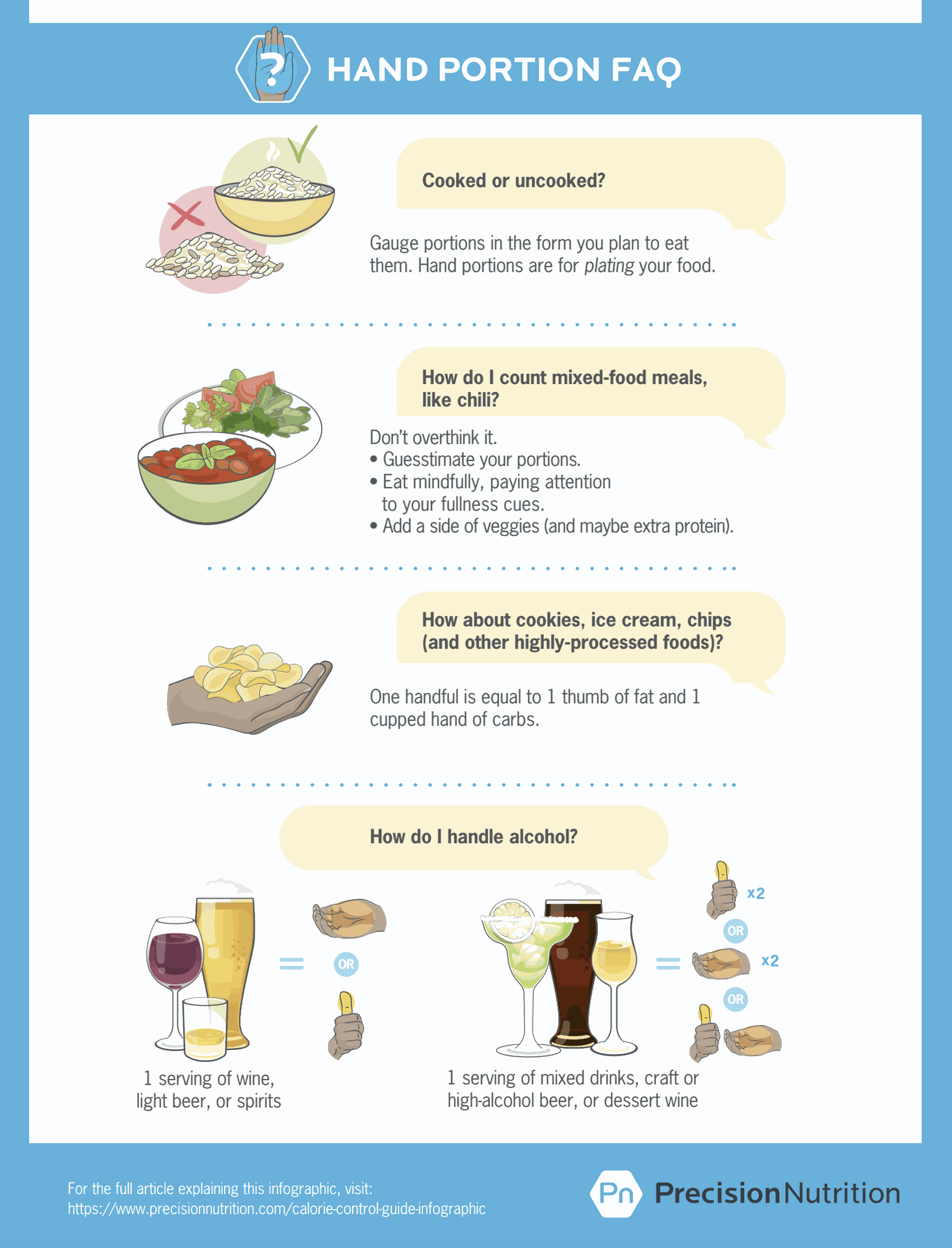Intro (skip if you are in a hurry)
If you have born well before smartphones or even mobile phones were a thing, there is a good chance you might not want them to rule your whole day or in case of our topic, block your eating, by requiring you to type and search for the foods that you wish to consume, to make sure you are within your calorie and macronutrient goals.
Lately I do find myself in this category. If you follow my writings, you know that I started my latest weight loss diet with the start of July and I still only have 1 day that I was willing to track with Yazio. Since then I do eat rather similarly to that one day. So I know how a portion looked like and I aim to have the same amounts with different meat, side dish and vegetable choices for some variety.
Now I still think that if you are a beginner with following a diet, then you should be strict with yourself and opt for full tracking, so that it raises your awareness about what you eat. I guarantee you, if you have never checked food labels, you are up for surprises and if you are at least semi-determined, there will be products that you will never use again (eg. mayonnaise).
However, if you really can't get yourself to use a mobile app or you already forgot how a pen and paper works, then there's another solution, use your hand to track the 4 main categories of food that you will consume.
Hand portioning
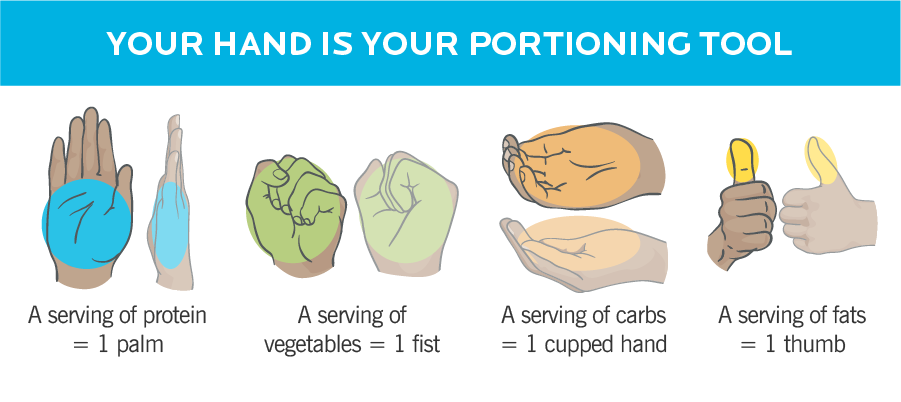
You can find this method all over the internet, my source was Precision Nutrition, as I'm doing their Nutritionist course at the moment.
Here is the more detailed version of their infographics:
The first slide introduces the 4 food groups and which part of the hand is the portion size that should be used as measurement: protein - palm, veggies - fist, rice/pasta/potatoes - cupped hand, fats/oils/butter/nuts - 1 thumb.
The second and third slide shows how a plate should be put together from left to right by the 4 food groups for the goal stated on the beginning of each row, split into 3 use-cases, ranging from a minimal activity lifestyle, through moderate activity to high activity lifestyle.
Note: hand portioning is for food that can be put on a plate for eating, therefore you will measure cooked rice, cooked pasta, not raw ingredients which we don't eat in that form.
The fourth slide recommends to add/remove carbs or fat when you would like to consume more/less food.
The fifth slide addresses common, but not trivially fitting scenarios of mixed-food, unhealthy food and alcohol.
This method only has a ballpark accuracy comparing to tracking down to the gram every meal, how it can be useful for you is that: 1. you start tracking your eating by using this hand measurement method, 2. then you occasionally weigh yourself, 3. as you already know how much hand portions you consuming, you can adjust it to fit your goal, increase/decrease numbers to lose/gain weight.
It can help with gradual, easy changes, as you don't have to figure out what -20g of carbs would be, you can skip a cupped hand of it per day, you need +20g protein, add a palm of it.
If you need more details about hand portioning or want to figure out which of the 4 food categories should you change in what direction, drop me a message on linkedin, email me at [email protected] or book a free appointment to discuss, I'm happy to help for free, till I'm not finished with my PN course!
